September 01, 2021 by Tim Freeman
The world is choking on data, most of which has no eternal impact.
Today, we take data for granted. Forty years ago, it was a different story. One Bethany leader said, as he made his way to the mission field in 1981:
"As a young missionary with Bethany International, I was starving for data. Who are the unreached, where are they, are they open to the gospel, how can we gain access to them? I had just graduated from what is now Bethany Global University and was a “wet-behind-the- ears” young leader of a new church-planting team. We read newsletters, read books, wrote letters and made phone calls, seeking information to help guide our direction. Our best data came from missionaries passing through on furlough. We eventually found our place in Asia among an under-reached people group. We may have been one of Bethany’s first data-driven teams."
Tags:
 Feature
Feature
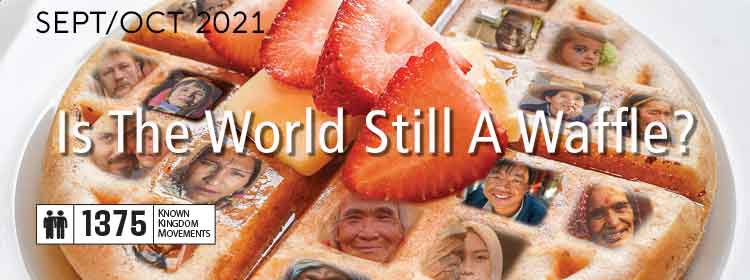



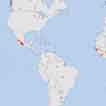
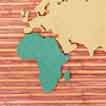





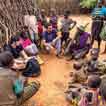
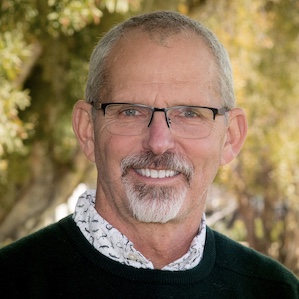











comments